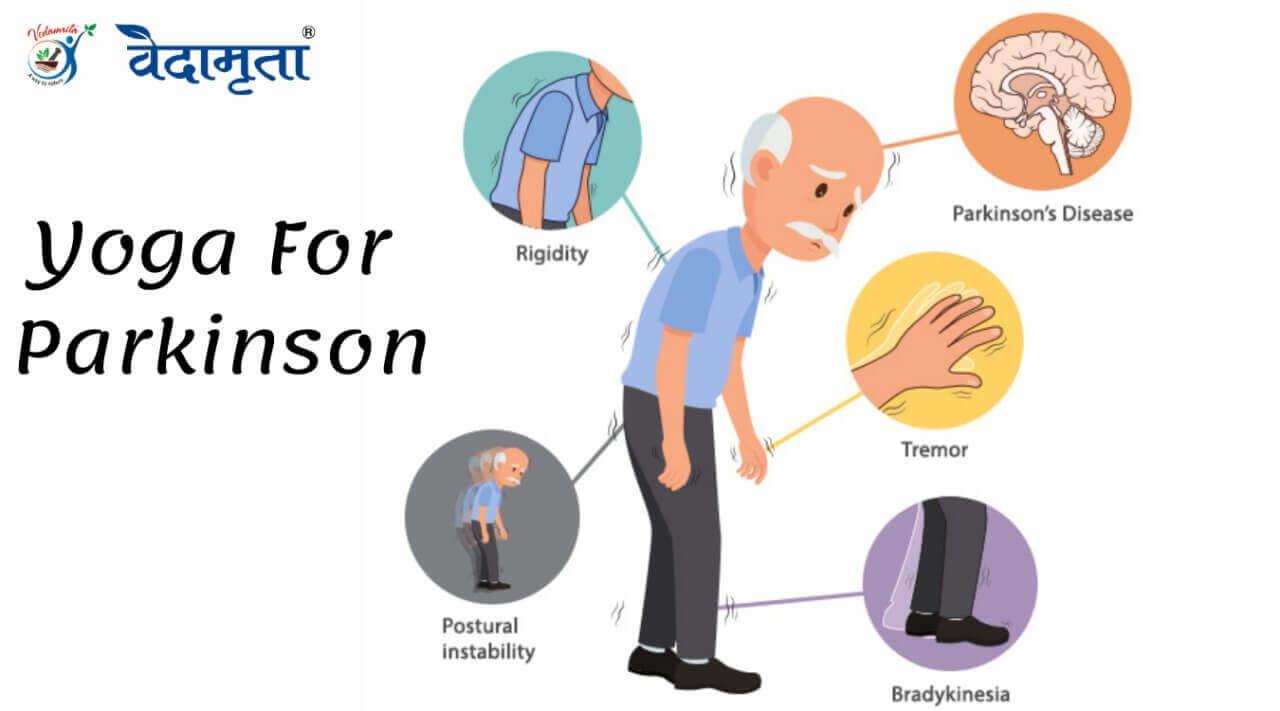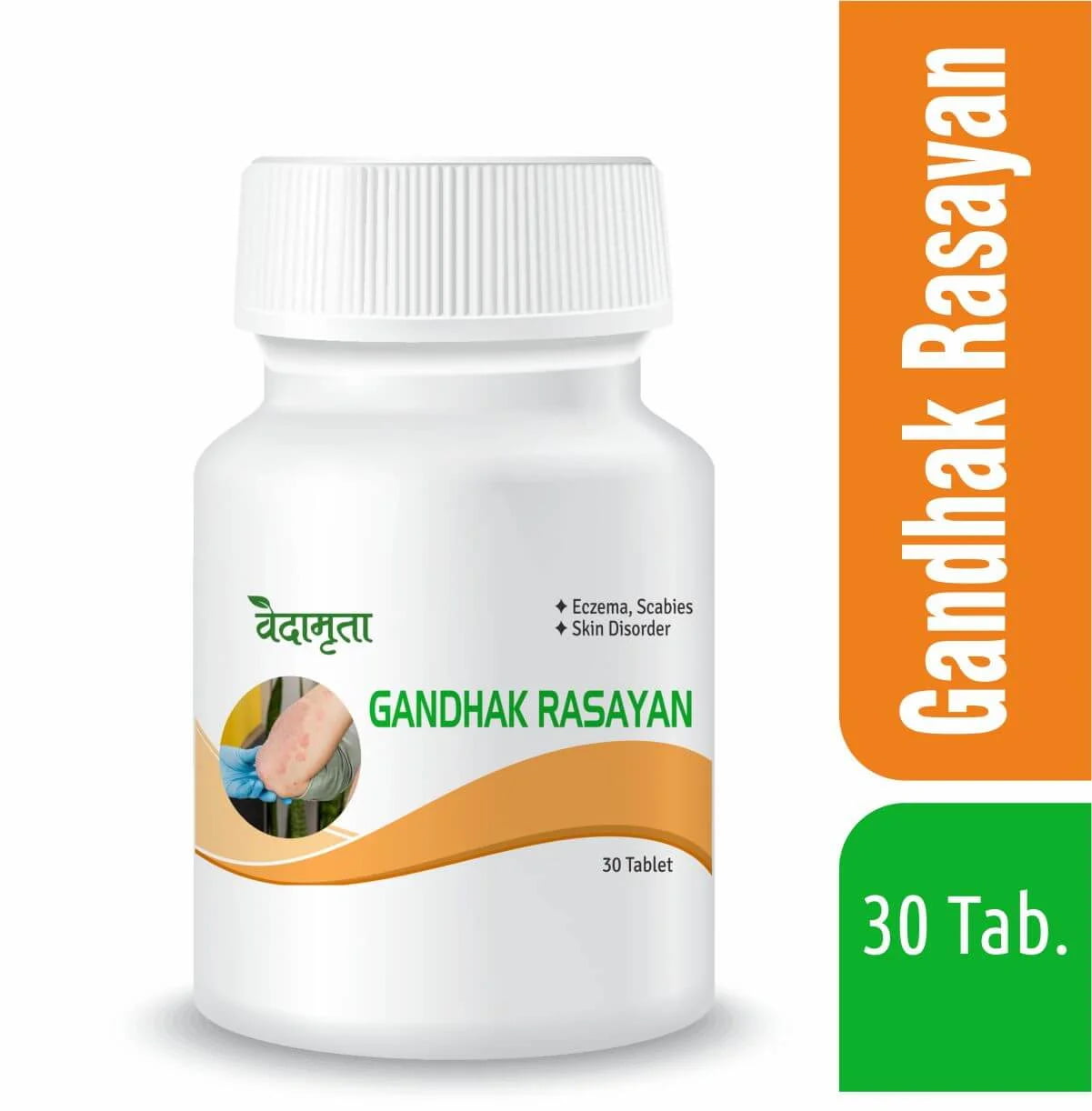


According to Mayo Clinic’s Official Website – Parkinson’s disease is a progressive nervous system disorder that affects movement. Symptoms start gradually, sometimes starting with a barely noticeable tremor in just one hand. Tremors are common, but the disorder also commonly causes stiffness or slowing of movement.
Symptoms Parkinson’s
Since the severity of Parkinson’s is different for different people hence the disease signs and symptoms can be different for everyone. Early signs may be mild and even mostly go unnoticed.
Parkinson’s signs and symptoms may include:
CAUSES:
– Most people with PD are described as having idiopathic PD (cause unknown)
– There are far less common causes
– Head trauma (Boxer’s disease)
– Genetic
– Toxins
– Drug-induced PD
– Postencephalitic PD – due to a viral infection
Diagnosis: PET scan shows decreased dopamine activity in basal ganglia – a pattern which
aids in the diagnosis of PD
– Typically diagnosis is based on medical history, neurological examination conducted by
interviewing and observing the patient in person using the UNITED PD SCALE.
Treatment :
– It is a chronic disorder that requires broad-based management including
– patient and family education
– Support group services
– General wellness maintenance
– Physiotherapy
– Exercise
– Nutrition
– Yoga
– At present, there is no cure for PD but medications or surgery can provide relief from
symptoms.
Physical therapy:
– Helpful in PD
– Speech therapy & occupational therapy may promote function and independence
– Also may help maintain skills, positive attitude and minimize depression
ROLE OF YOGA IN Parkinson:
– Yoga is balance – samatvam – so IAYT corrects imbalances
– Next focus is on stress relaxation
– It also helps in pain relief
– Medication reduction
– Improved balance
– Maintain muscle tone
– Flexibility improvement
– Improved posture and gait
– Improves quality of life.
According to Bhagwad Gita Equanimity, Stability, Balance, Harmony, Equipoise is yoga i.e. Samatvam Yoga Ucchyate.
According to Sage Vashistha, yoga is the skill to calm down the mind i.e. Manah Prasanna up ayah yoga.
And according to Great Sage Maharishi Patanjali yoga is the cessation of mental modifications i.e. Yoga is to gain mastery over modifications of Mind.
According to Guruji Shubham Barwala Ji, yoga is the recognition of Mental Modifications the moment they arise in our consciousness.
According to Guruji Neeraj Medharthi, Ji Yoga is the state of perfect balance.
At Vedamrita our purpose is to bring the best and scientific research and evidence-based yoga therapy to our beloved readers and our students likewise and thereby increasing the general acceptability of Yoga therapy amidst the field of various treatments available.
Below are a few research papers we find out related to Yoga and Parkinson’s.
Development and validation of a yoga module for Parkinson disease
January 2017
Journal of Complementary and Integrative Medicine 14(3)
DOI:10.1515/jam-2015-0112
Authors:
Noopur Kakde
Kashinath Metri
Central University of Rajasthan
Shivarama Varambally
National Institute of Mental Health and Neuro Sciences
Raghuram Nagaratna
Effect of Yoga on Motor Function in People with Parkinson’s Disease: A Randomized, Controlled Pilot Study
May 2012
DOI:10.4172/2157-7595.1000112
Authors:
Yvonne Colgrove
University of Kansas
Neena Sharma
Patricia M Kluding
University of Kansas Medical Center
Debra Potter
Explore this Health Topic to learn more about Yoga for Parkinson’s, the role of yoga and yoga therapy for various diseases, and where to find more information regarding it.
Read in detail about Yoga for Parkinson’s here.
You must be logged in to post a comment.


